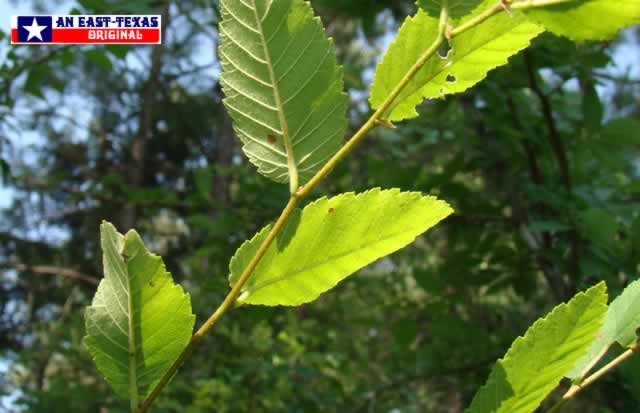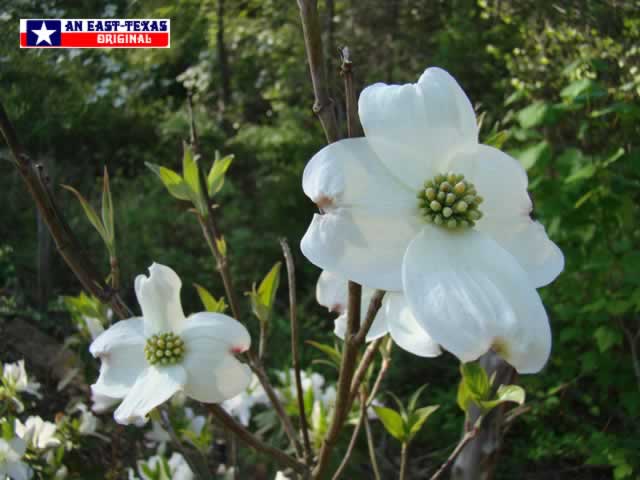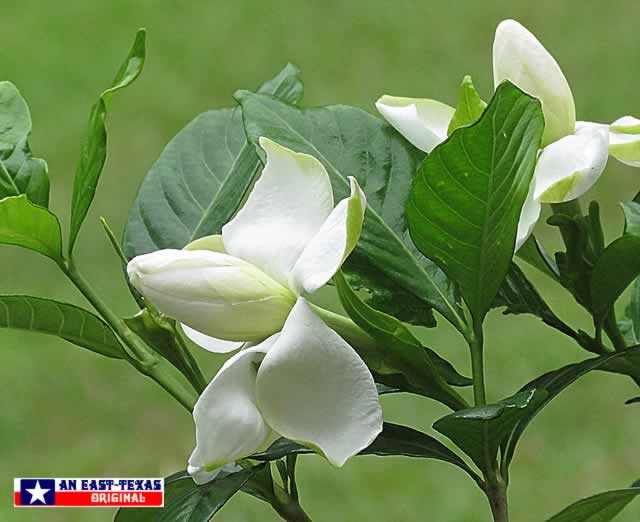East Texas Flowers & Trees
We love gardening, and landscaping, and East Texas is a great place for that pasttime!
 |
Our interests include not only common flower varieties such as Pansies, Begonias, Irises, Daffodils, Impatiens and Zinnias, but also wildflowers and ferns.
We are in the process of assembling a fairly complete photo spread of some East Texas flowers ... see our photo gallery of flowers below.
Other Flower Destinations and Events Near Tyler
Tyler is the Rose Capital of America, the location of the Tyler Rose Garden, the nation's largest municipal rose garden, and the site of the Annual Tyler Rose Festival held each October.
A highlight of the spring season in East Texas is the 8-mile long Tyler Azalea Trail guiding visitors through neighborhoods of brick streets, residential gardens and historic homes.
Be sure to check out our East Texas Botanical Gardens and Arboretums page.
East Texas Photo Galleries for Nature Enthusiasts
If you love flowers, you might enjoy our photo gallery of East Texas Butterflies showcasing Swallowtails, Monarchs, and Painted Ladies, to name a few.
Our gallery of East Texas Birds is perfect for backyard nature lovers to explore, featuring bluebirds, woodpeckers, buntings, goldfinches, roadrunners, hawks, and much more.
Are you a hummingbird lover like us? Check out the photos and hummingbird videos in our Texas Hummingbird Gallery.
Be sure to view the Helen Lee Daffodil Garden photo gallery showcasing thousands of beautiful daffodils that bloom each spring near Gladewater.
Some of the Native Trees & Flowers Around Our East Texas Home
Native Texas Passion Vine ... the Maypop, seen here in full bloom. Passiflora incarnata, commonly known as maypop, purple passionflower, true passionflower, wild apricot, and wild passion vine, is a fast-growing perennial vine with climbing or trailing stems. The plant is agressive, and will put up new vines as far away as 10 feet from the original vine. It also serves as the host plant for Gulf Fritillary butterflies.
The flower's design has religious meanings to many. The flower's five petals and five petallike sepals represent the 10 apostles who remained faithful to Jesus throughout the Passion. The circle of hairlike rays above the petals suggest the crown of thorns that Jesus wore on the day of His death..

The fruit of the native Passion Vine: The Maypop

Elephant's Foot, or Devil's Grandmother, growing on the floor of the East Texas woods

A young Black Hickory tree in the East Texas Pineywoods. It is a medium to large tree, usually 60 to 75 feet tall.

The complexity of the Spotted Bee Balm growing wild ... seen here growing wild in the partial shade of an East Texas forest. Also known as d Dotted Mint or Dotted Horsemint. It has a lovely thyme scent and has been used in teas and for other medicinal purposes.

Young, delicate leaves of an Elm tree

Pink Dogwoods brighten the early days of Spring in East Texas |
The Devil's Walkingstick, aka Hercules Club, seen here growing quickly in East Texas. It is a prolific speader via underground roots, and its thorns are sharp. But is serves as a host plant for the Giant Swallowtail butterfly. The plant can grow upwards of 20 feet, or more, in optimum conditions.

The delicate pink blossoms of the Beauty Berry in Spring

Beautiful mature purple Beauty Berries in the fall. Contrary to popular belief, the brilliant berries are not toxic; they can be used to make a rose-colored spread that tastes like mild elderberry jelly. American Indians made beautyberry tea to treat illnesses. It can grow up to 8 feet in height, with long, arching branches, in faorable East Texas environments. The foliage is a favorite of White-tailed Deer.

A sure sign that winter is over, and Spring has returned to East Texas ... White Dogwoods

Wild, native Coral Honeysuckle in Texas

Bracken Ferns in the Texas Woods

Texas Pokeweed in the fall. The berries turn a very dark, purple/black when ripe. All parts of plant contain different amounts of extremely toxic (fatal) alkaloid compounds, especially roots, stems, mature leaves, and seeds.

The remains of one of our favorite oak trees, sadly hit bit lightning ...the rings on the stump tell its history

Annuals and Perennials in Our Home Landscape in East Texas
White Butterfly Bush in the East Texas home landscape

Flagrant Gardenias in full bloom in the Spring in Texas

Colorful pansies ... a favorite in the East Texas landscape through the winter

A profusion of color from the Cross Vine in the Spring ... a hummingbird favorite |
Bright orange and yellow Butterfly Weed thrives in the heat of East Texas summers

The color and complexity of Batface Cuphea

Giant Hibiscus blooms brighten up any patio in Texas

Two favorites in our East Texas garden: Tropical Milkweed and Monarch Butterflies

Easy to grow, with plenty of colorful returns ... from these pink and white Dianthus

A favorite of butterflies and humans alike: Pentas

Skipper Butterflies love the color and nectar of Zinnias!

Texas Portulaca

Texas Lantana ... loved by hummingbirds and butterflies ... and ants!

The majesty of the California Giant Zinnia ... 4" blooms on 4' plants

It's time for Texas roses and Texas Tea!

East Texas Nature GalleriesEast Texas Birds |
Hummingbird Central  |
Butterflies At Home  |
